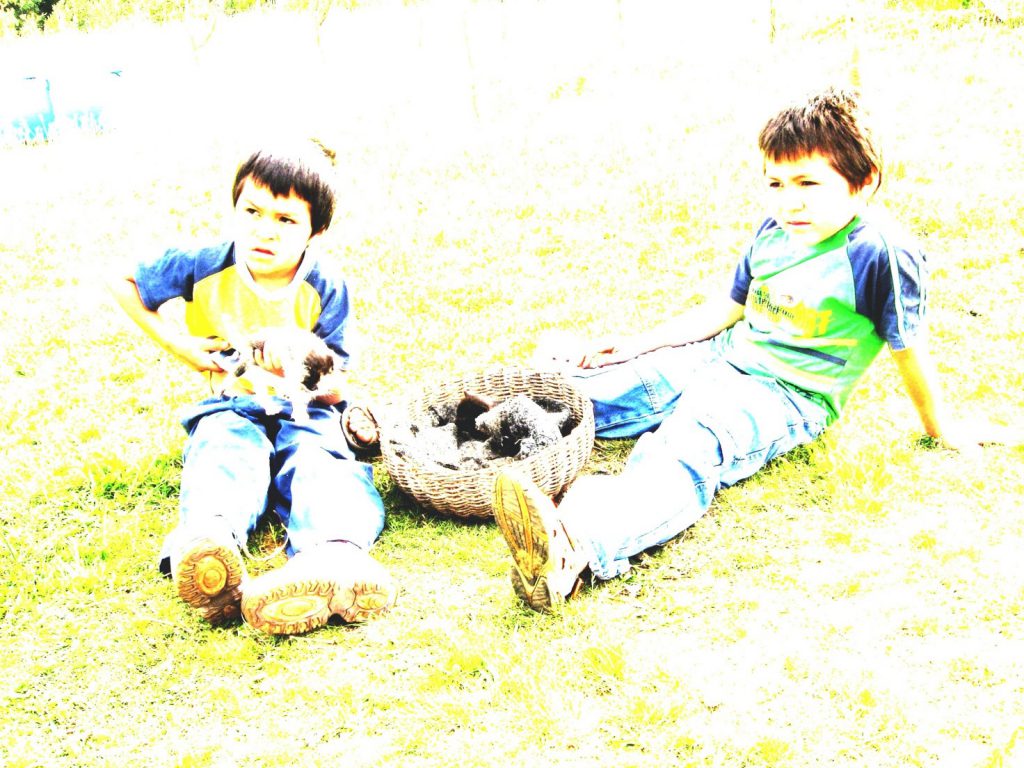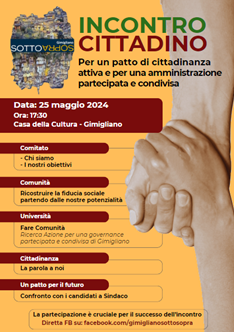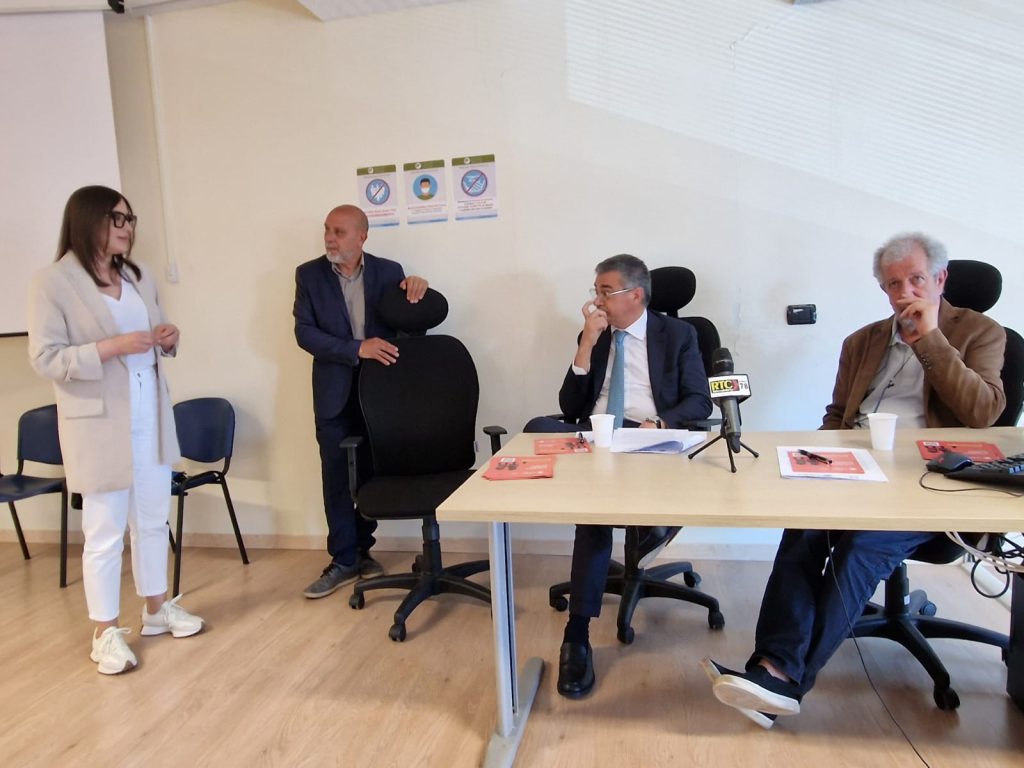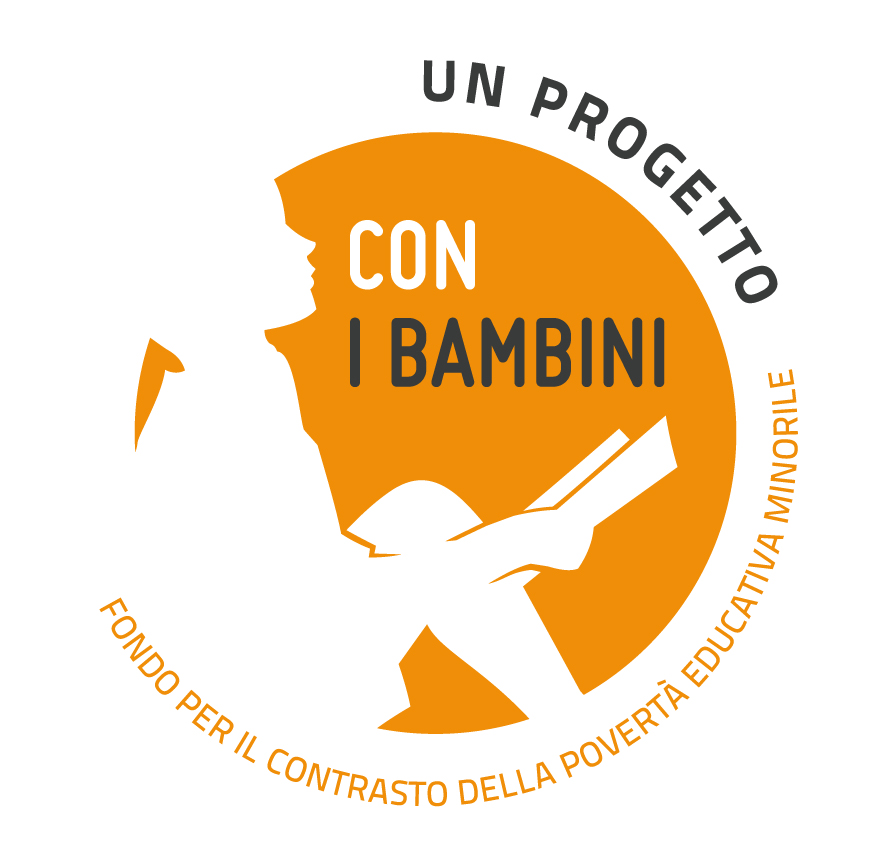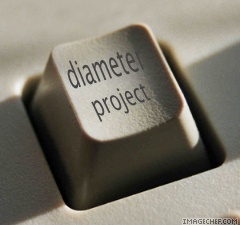by Cleto Corposanto –
At the beginning of the 1970s, I was recently living in Trento as student of the Faculty of Sociology, the first ever in Italy, born from the intuition of a local Christian Democrat politician with great views.
In the spring of 1974 a Chilean boy arrived at my home.
He was a young leader of the local Socialist Party, who had had to leave his country suddenly and clandestinely after the Pinochet military coup, which had overthrown Salvador Allende’s socialist democracy and would then rule that South American country until 1990. I used to share my flat as a university student with a colleague enrolled in the PSI, and it was a dense network of political solidarity that brought Carlos to my home – ours – in Italy, in Trento.
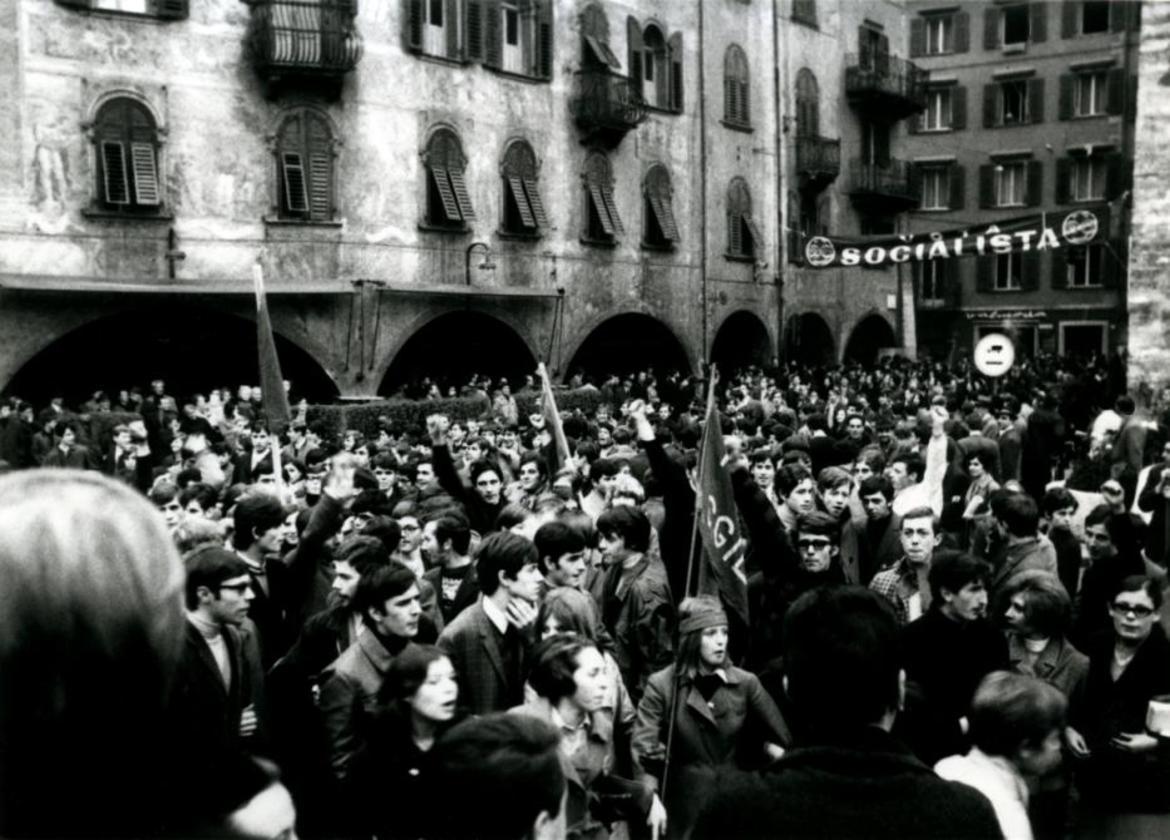
He stayed with us for a few months, before moving to Milan, in a whirlwind of transfers that who knows where it led him. I no longer know anything about Carlos, who was however the first to introduce me to a very distant and fascinating country like Chile, telling us stories about the cobre mines, the copper metal that is very important for the economy of his country, and how the State had interrupted the dream of building a modern and free country. Those were the glorious years of the Inti Illimani and their “El pueblo unido jamás será vencido”, the united people will never be defeated, which was sung everywhere.
I no longer had the opportunity to deal with Chile until many years later, when at the invitation of Luis Fernando Burrows Galan, at the time Rector of the Villarrica branch of the Catholic University of Chile, I spent a period at that campus in the 9th Chilean region, Araucania.
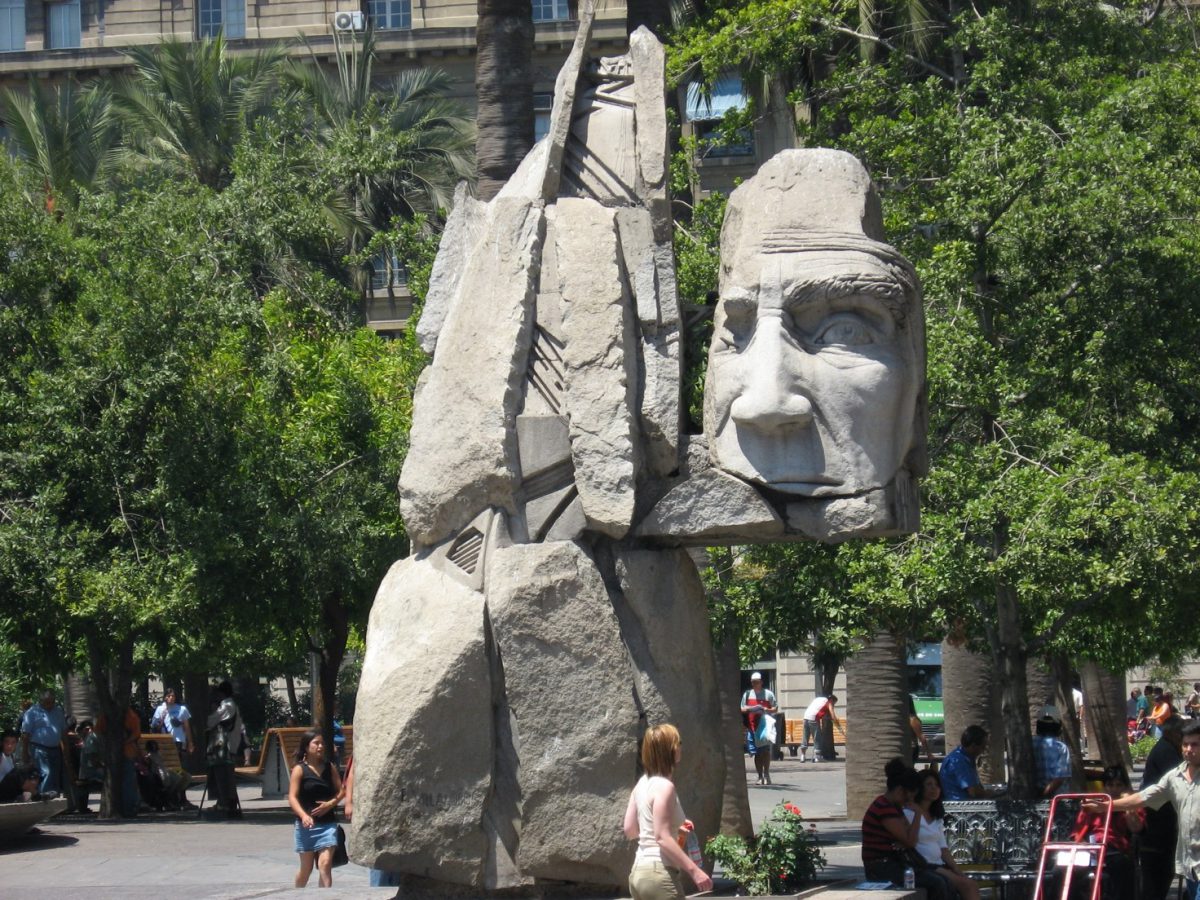
Chile is a very particular country, long and narrow between the Andes mountain range and the ocean; over 5000 kilometers from the far north, where the territory of the Atacama desert records the hottest temperatures ever on the globe, to the Antarctic ice of Patagonia. In the middle, a dozen regions numbered from top to bottom, from the first to the twelfth. The ninth, Araucania, therefore towards the South, is the land traditionally known as the homeland of the Mapuche, the native Amerindians who have always defended their lands from the incursions of the Incas first, and later of the Spanish conquerors.
A population that has gradually decreased, and which now lives between Chile and Argentina, in an area straddling the Andes, the natural border between the two South American nations. And it is precisely here that the Catholic University of Chile has decided to open a Campus in a regional location that tends to enhance the enormous cultural wealth of that area. A very nice campus, where interaction with the outside is the real strength of an academic culture devoted to the territory. The invitation arrives to collaborate in the participatory construction of social and territorial policies, an important issue on which I have been working for some time together with my collaborators.
The idea is to hold some training seminars, and then assist in the work of consultation tables with local groups. A very interesting experience, in a totally new country. So…. Let’s go. We are in January, and this magic of the hemispheres gives us a subzero departure from Northern Italy and an arrival in the height of South American summer. Flight from Venice to Madrid, change, and from the Spanish capital the long stretch to the Chilean capital with the surprise of a very comfortable first-class accommodation, thanks to a stroke of genius from a check-in attendant. I evidently had a not very comfortable seat towards the tail of the plane, and her exclamation “Ohhh, tiene un asiento muy mal ...”, has a very bad seat, translates into a gift, a very welcome gift that makes the long Madrid-Santiago flight is less tiring than expected.
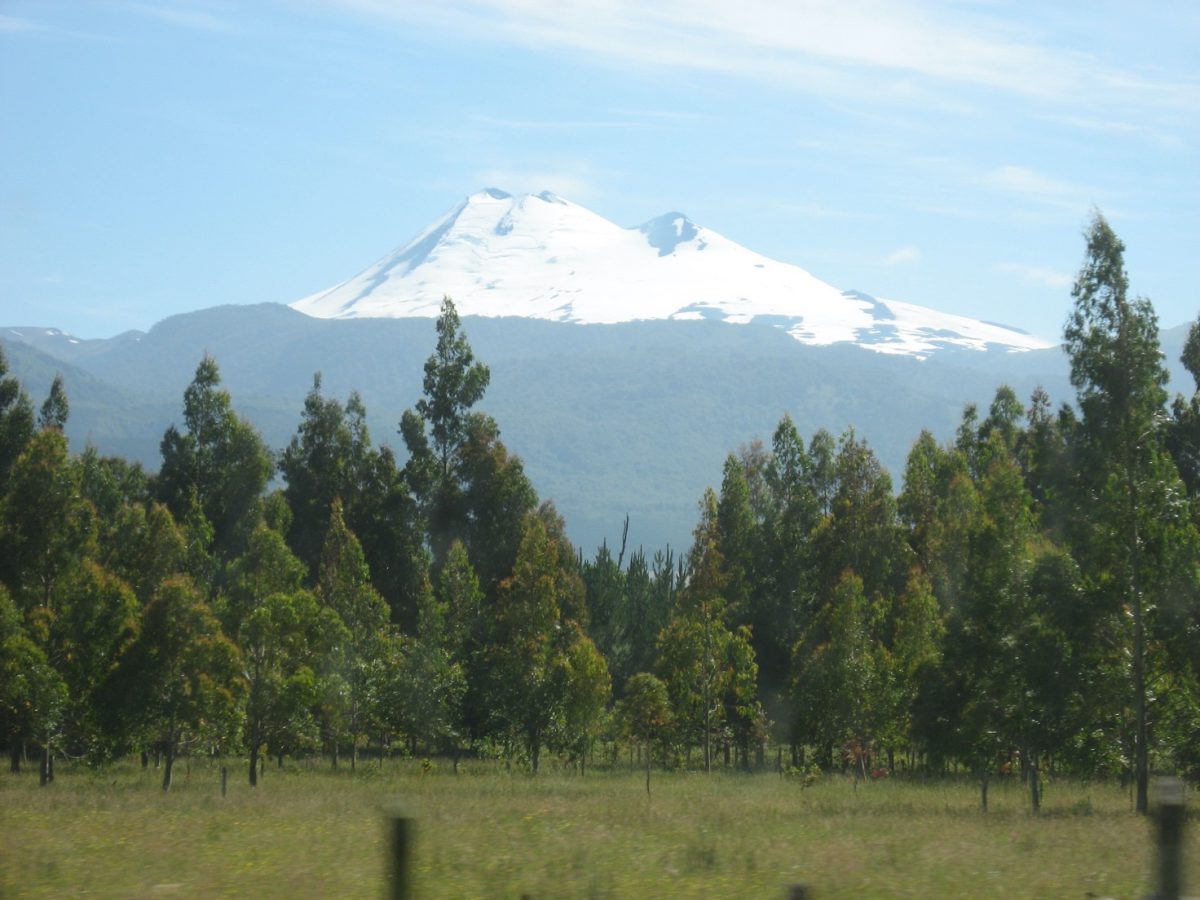
After a couple of days we leave, another flight, and this time the destination is the Temuco airport, in Araucania. From there, head south, by car to Villarrica, a splendid town on the shores of Lake Pucon and with a spectacular view of the numerous snow-capped volcanoes of the cordillera. A great place. I am staying at the “Patagon Andino”, near the university campus; a very comfortable accommodation for my long period of work in Chile. The town is beautiful and the long stay allows me to establish some very meaningful relationships with some Chileans and in particular a Mapuche group who actively collaborate in the working groups organized to start the participatory construction of social policy plans in the area, with the municipalities of Pucon, Villarrica, Curarrehue, Melipeuco, in the area that includes the great volcanoes. Mapuche culture is indissolubly linked to the land, starting with its name: in the Mapundung idiom, in fact, Mapu is the land, while Che represents the people. The Mapuche are, therefore, “The people of the earth”, and have always developed a subsistence economy based on agriculture (each family has its own field to cultivate) and a social organization based on families and land. The earth itself is at the center of their religious practices, as the Mother of all living beings. I have never encountered cultures linked to the cult of the land like that of the Mapuche. In Araucania, traveling to many countries interested in the community development project of social policies, I meet many interesting people, who enrich my academic work experience. I go as far as the tenth region, to Panguipulli, Los Rios region, Valdivia province: it is a town of about 40,000 inhabitants at 39 ° 38’40 ” of latitude. In my long wanderings around the planet, that remains for me today the southernmost point of the globe.
I leave Araucania with great regret; I will always remember the Mapuche, the volcanoes, the great hospitality of this wonderful people. From the tiny airport of Pucon, on the shores of the lake, a small plane takes us back to Santiago, in the capital. The opportunity to finish visiting the great Chilean capital, and to unfortunately realize that it is not possible to match the flight joints to go to another of the dream destinations of all time: in fact, from Santiago you fly to the fascinating island Easter – Rapa Nui, the land furthest from any coast in the entire globe. The island of Moai, the large stone statues still shrouded in mystery, which seem to guard them towards such a particular and unique culture. But although the Chilean capital is the closest place to fly to the island, it must still be considered that it is a flight of about 5 hours, and unfortunately there are no daily connections. In short, there are no technical times to go and return before the flight that will take me back to Europe. And so I stay the last few days in Santiago, with the idea that sooner or later I’ll go to Rapa Nui. Who knows when, but I’ll go there.
This article has been published in Italian on “Il quotidiano del sud“, 03/08/2020
Translation made by the author
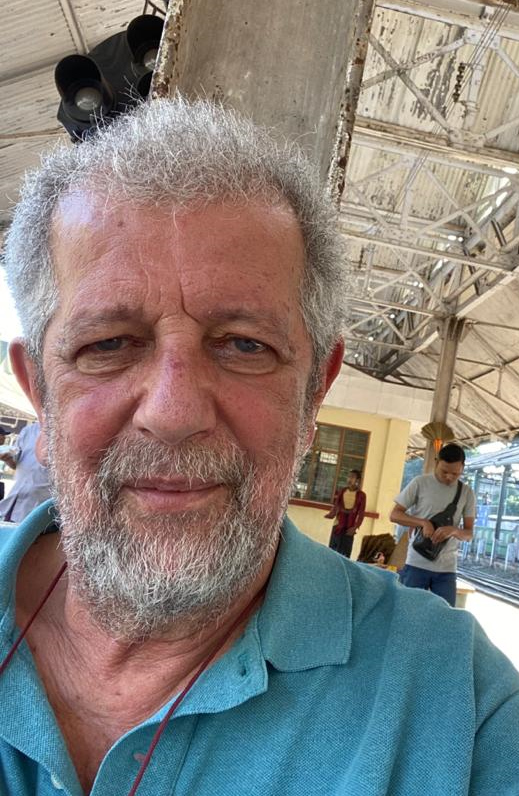
Cleto Corposanto, Italian, is professor of the University “Magna Graecia” of Catanzaro, South Italy. He deals with issues related to the Method research and Health/disease. He has more than 200 publications between books and scientfic articles. Former national coordinator AIS – Health and Medicine, He founded and coordinates the Degree Course in Sociology of UMG of Catanzaro.

